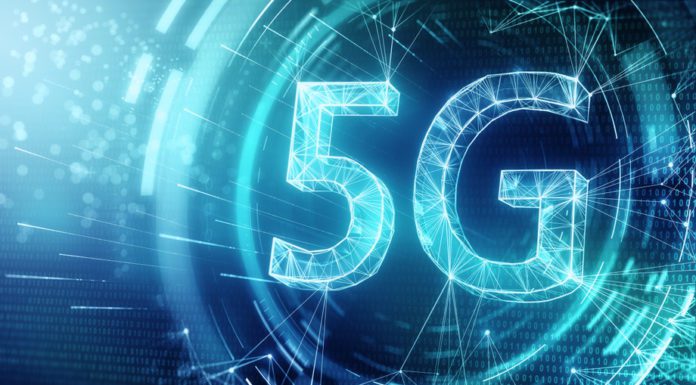While telecoms may be breathing easier after the government recently cleared much of the rollout of 5G near airports, saying it did not pose significant safety issues, the industry and this long-anticipated communications revolution continue to face much bigger challenges.
Telcos desperately want consumers to use (and pay for) 5G in order to recoup their investments in upgraded infrastructure, but uptake, and the rollout of services has been slower than expected for a variety of technical reasons.
Meanwhile, at the same time, 5G is picking up speed in use cases across the business sector, where it is joining other AI, IoT, cloud computing and other advanced technologies to increase efficiency and automation, and leverage data-driven insights. For the near term, at least, the potential of 5G will be more powerful for the business sector than for consumers–at least directly. With the business market having clearer, more near-term use cases, it makes more sense for carriers to focus on that sector with products and services centered around 5G. This upcoming business 5G revolution will have a strong impact on the economy and on consumers–and this is the area where we will see the most growth of this next-generation of telecommunications this year.
Due to a mix of technical challenges and muted demand, the rollout of public 5G is slow. Until recently, Spectrum space has been limited, and the new equipment required to build and run the new types of networks is expensive and sometimes not readily available. Signals often do not go through walls, presenting challenges for using 5G indoors without additional infrastructure. 5G only exists in some areas, and often does not actually deliver the high speeds it has promised.
In addition, there are no real killer app(s) that would require 5G like we saw in the early days of 4G, when there was an exploding demand for bandwidth driven by apps like traffic navigator Waze and Apple’s Facetime, which were relatively life-changing to daily routines at the time, and simply didn’t work well on 2G or 3G. But today, consumers aren’t really sure why they need 5G, or what they would use it for; most apps work fine on 4G. For the most part, 5G’s early marketing is focused around movie streaming capabilities, and at gamers and those looking for virtual and augmented reality experiences, who already have alternatives from high speed home networks. There really is no app or uses today that would change daily life the way 4G-powered apps did. Consumer use cases, although they probably will eventually increase, are simply not there yet, and demand for upgrading to 5G remains low, especially if there is an extra cost involved.
Meanwhile, as Verizon, AT&T and T-Mobile continue to advertise 5G to consumers, this new type of network is actually having a significant impact on the business sector. When combined with IoT, cloud computing, and AI, 5G is bringing out more potential in these other technologies and enabling faster data analytics and automation. In some cases, businesses are building their own closed-loop on premise private 5G networks, or they subscribe to publicly-available 5G service from companies like T-Mobile or Verizon.
This is already changing many businesses in a variety of sectors. Volkswagen has recently implemented an on-campus 5G network in a factory in Germany, which allows for seamless, non-delayed communication between AI-powered robots and machines in the assembly process. On farms, 5G is harvesting the full power of sensors and IoT technology, allowing for the collection and analysis of real-time data, which can allow unmanned tractors to plow fields, let robots usher cows back and forth to milking machines, and determine which crops are ripe to pick, or which fields need more water. Pilot projects on several European power grids are showing how 5G is key to ensuring energy distribution, especially when renewables are added to the mix.
Further developments, like open software-based networks known as O-RAN, that rely less on hardware and allow for the development of apps similar to those that transformed the mobile phone experience, will make 5G even more powerful. But for now, it is already clear that it is an essential tool for truly smart next-generation business and manufacturing.
It is clear that despite some challenges, business sector 5G is way ahead of consumer 5G and will stay that way through 2022. While consumers don’t really have a good reason to upgrade to a 5G-compatible phone, businesses have many reasons to embrace 5G, even if it’s still young. Only by adapting 5G, or aspects of it now, will businesses really be prepared to buildrunthe facilities and operations that the future will require.

